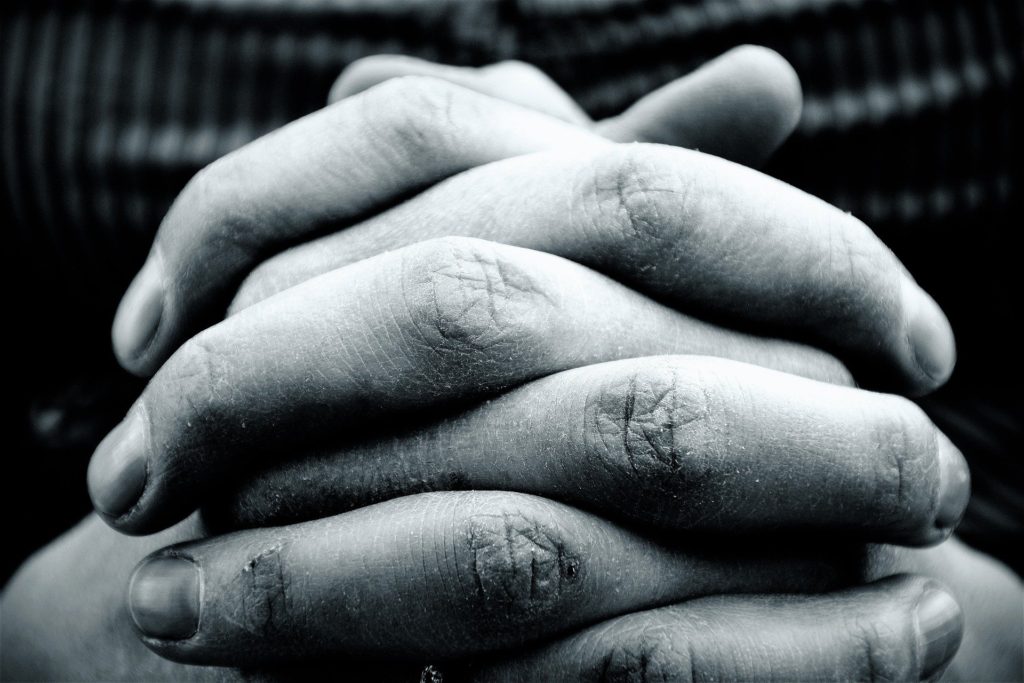When I was a growing up, I remember my Dad and Lil Bro, my historian brother, teaching me about The Great Depression. It didn’t seem much different from how we were living. Our shack was cold in the winter and scorching hot in the summer. Spring and fall brought relief. Dad was still trying to etch out a living by working in the cotton fields or as a day laborer.
MaDear and Dad were young adults during The Great Depression. They didn’t like talking about those long ten years. They told us the stock market crashed and it was the worst disaster on American soil since the Civil War. They preferred to talk about President Franklin D. Roosevelt. Lil Bro loved to read and offered more information. He enjoyed going back in history and compared it to the Dark Ages, when the Roman Empire fell. This period lasted four hundred years.
At the beginning of the Depression, Herbert Hoover was president. The Depression was from 1929 until 1939. Lil Bro said that there were many reasons for the Depression. The reason was not limited to the stock market crash. Lil Bro was an avid reader and had an extensive collection of books. After he passed, I found a book in his home library entitled, Portrait of America, by Stephen B. Oates.
There’s an article in the book titled, The Cruelest Year. The article was written by William Manchester. He wrote that several factors caused economic collapse. A huge reason was under consumption and overproduction. This happened because consumer buying power lagged behind the quantity of goods being produced. Factories began laying off workers and unemployed men roamed the countryside looking for work. The year 1932 was considered the cruelest year.
Manchester wrote that millions of people were trapped in a great tragedy for which there could be no individual responsibility. The jobless felt guilty. They were not able to provide for their families. These men were raised to believe that if you worked diligently, you would succeed. Men were demoralized and began trusting no one. Many men committed suicide rather than receive relief from the government.
The stock market crashed because of credit debt. Panic followed, and the country went into a downward spiral. The unemployed couldn’t buy goods, sales dropped, leading to further lay-offs and lack of purchasing power, Farmers were affected by the poverty of industrial workers. No one had money to support the other. This lead to overproduction and under consumption,
Poverty was considered shameful and people tried to conceal their destitution. In urban cities, men spent their days in the street looking for any type of work. They took to doing things they never thought they would do. Women worked in department stores and mills for poverty wages. Teenagers worked wherever they could to help out. Eventually, some thirty million people received public welfare.
Unfortunately, local governments couldn’t handle the burden. People were destitute. Millions stayed alive by living like animals. They ate weeds, berries and discarded food. Well to do American’s gave their garbage to their hungry fellow countrymen. By 1932, a third of a million children were out of school because of a lack of funds.
The Great Depression affected millions of families across the United States. In 1933, Franklin D. Roosevelt was elected president. Poor people had no faith in Hoover. Roosevelt offered faith and hope. He acted swiftly to stabilize the economy and provide jobs. He implemented the New Deal to promote economic recovery. The program had three measures: relief, recovery, and reform. President Franklin D. Roosevelt was the only president elected to four terms.
Francie Mae. March 11, 2022.
Reference
Oates, Stephen B. 1983. Portrait Of America. Fourth Edition, Volume II. Houghton Mifflin Company. Boston, Massachusetts.

Good day! I just wish to give you a huge thumbs up for your excellent information you have got here on this post. I am coming back to your blog for more soon. Good day! I just wish to give you a huge thumbs up for your excellent information you have got here on this post. I am coming back to your blog for more soon. נערות ליווי בהרצליה
A fascinating discussion is worth comment. I do believe that you should write more about this subject matter, it may not be a taboo subject but typically folks dont talk about such issues. To the next! Cheers!!